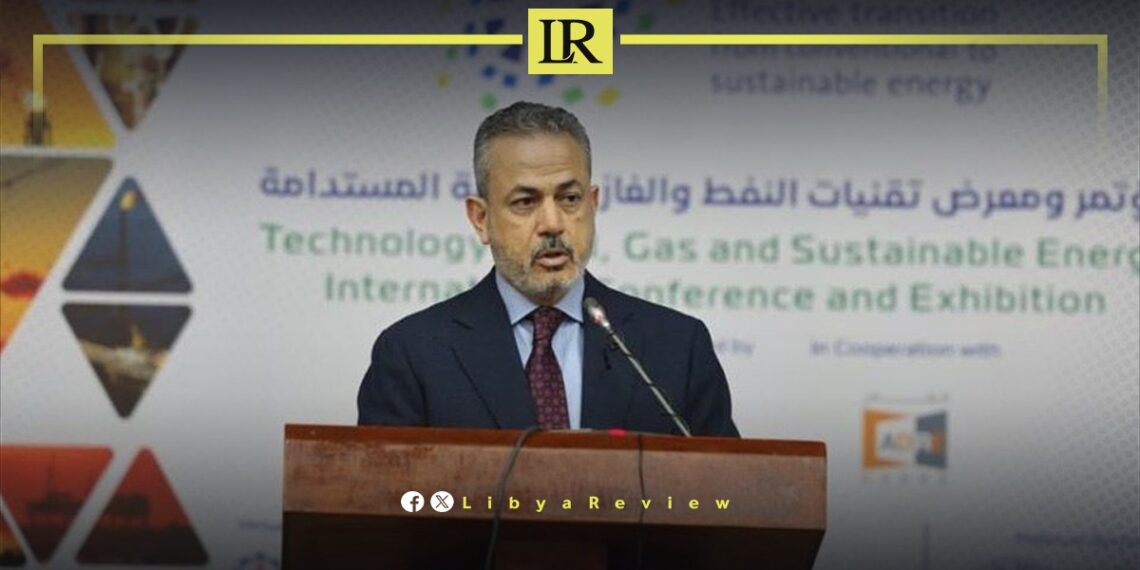Chairman of Libya’s National Oil Corporation (NOC), Farhat Bengdara, inaugurated the Technology of Oil & Gas and Sustainable Energy International Conference & Exhibition (TOGSE) in the capital, Tripoli.
Bengdara stressed the significance of scientific research and human resource development in the oil and gas sectors during his opening speech.
During the two-day conference, Bengdara highlighted the restructuring of the Oil Research Center as a priority, aiming to enhance its capabilities and focus on scientific research activities, strengthening the corporation’s branches and subsidiaries in this field.
“We aim for the Oil Research Center to play a significant and effective role in preparing reservoir studies, which were previously prepared by foreign companies,” he said.
Khalifa Abdulsadik, Libya’s Acting Minister of Oil and Gas in the Government of National Unity (GNU), forecasts oil prices could reach $100 per barrel due to ongoing supply-demand imbalances and escalating geopolitical tensions.
In a press statement, Abdulsadik highlighted that Libya aims to boost its oil production to 1.4 million barrels per day by the end of 2024 and further increase it to 2 million barrels within three years. “Our current oil production stands at 1.2 million barrels per day, and we are set to raise it to 1.4 million by year’s end,” he explained.
He also noted, “Libya holds confirmed gas reserves of 2 trillion cubic feet in the Hamada field. The oil and gas sector funds over 95% of Libya’s economy, with both project partners and the national government contributing to the oil and gas budget.”
Libya has reclaimed its status as the top oil producer in Africa this March, with production levels nearing those seen before the 2011 crisis, reports French magazine Jeune Afrique.
The North African nation’s oil output is close to reaching 1.6 million barrels per day, comparable to the levels in January 2011, according to the latest report by the Organization of the Petroleum Exporting Countries (OPEC), which tracks production data across 12 countries.
Surprisingly, Libya’s oil production last month hit 1.24 million barrels per day, overtaking Nigeria, which has been facing significant economic challenges. This unexpected rise in production has positioned Libya above Nigeria, traditionally one of Africa’s largest oil producers.
The Central Bank of Libya reports that oil revenues since the beginning of the year have reached approximately 31 billion Libyan dinars (over $6 billion USD). This financial influx comes despite several operational challenges, including forced closures of key oil fields. The most notable was the Sharara oil field, which faced a temporary shutdown that led to the declaration of force majeure. Operations at Sharara resumed after a week-long negotiation process.


